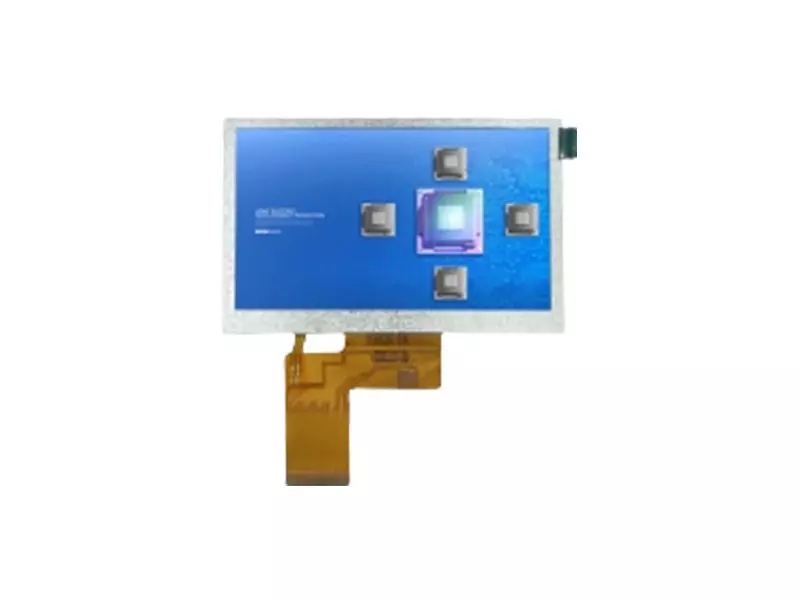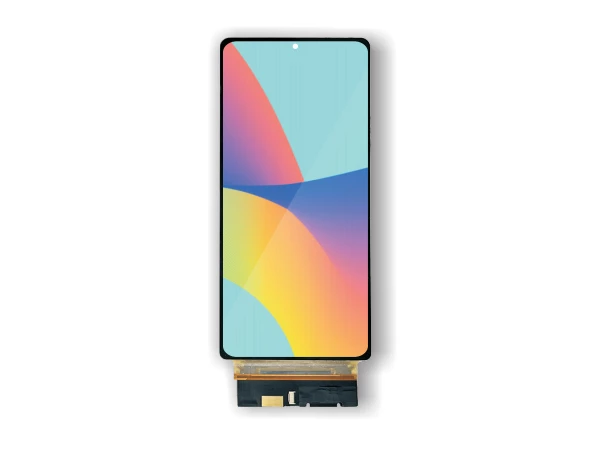CTP Touch Screens: Bridging the Gap Between User and LED Display
Jun 12,2025
CTP Touch Screens: Bridging the Gap Between User and LED Display
Table of Contents
1. Introduction to CTP Touch Screens
2. Understanding LED Displays and Their Importance
3. The Role of CTP Touch Screens in Digital Interactivity
4. Advantages of Integrating CTP Touch Screens with LED Displays
4.1 Enhanced User Experience
4.2 Improved Accessibility and Engagement
5. Key Features of
CTP Touch Screens: Bridging the Gap Between User and LED Display
Table of Contents
1. Introduction to CTP Touch Screens
2. Understanding LED Displays and Their Importance
3. The Role of CTP Touch Screens in Digital Interactivity
4. Advantages of Integrating CTP Touch Screens with LED Displays
4.1 Enhanced User Experience
4.2 Improved Accessibility and Engagement
5. Key Features of CTP Touch Screens
5.1 Touch Sensitivity and Responsiveness
5.2 Durability and Longevity
6. Applications of CTP Touch Screens in Various Industries
6.1 Education
6.2 Retail
6.3 Healthcare
7. The Future of CTP Touch Screens and LED Displays
8. FAQs About CTP Touch Screens and LED Technology
9. Conclusion
1. Introduction to CTP Touch Screens
CTP (Capacitive Touch Panel) touch screens represent a significant leap forward in the realm of interactive technology. By utilizing capacitive sensing technology, these screens allow for precise and responsive touch detection, enabling users to interact seamlessly with digital interfaces. As digital displays become increasingly prevalent in our daily lives, the integration of CTP touch screens into LED displays is redefining how users engage with information.
2. Understanding LED Displays and Their Importance
LED displays have transformed the way we communicate visually, providing vibrant colors and high-resolution imagery. From large-scale outdoor displays to smaller indoor screens, LED technology has become essential for advertising, information dissemination, and entertainment. The versatility and efficiency of LED displays make them a popular choice across various sectors, reinforcing their role as a critical medium for communication.
3. The Role of CTP Touch Screens in Digital Interactivity
CTP touch screens serve as the bridge between users and LED displays, facilitating a dynamic interaction that goes beyond passive viewing. By allowing users to directly engage with content through touch, these screens enhance the overall experience. They empower users to navigate, select, and manipulate information effortlessly, making digital displays more intuitive and engaging.
4. Advantages of Integrating CTP Touch Screens with LED Displays
The integration of CTP touch screens with LED displays offers numerous advantages that elevate user interaction to a new level.
4.1 Enhanced User Experience
One of the most significant benefits is the enhanced user experience. Users expect technology to be responsive and engaging, and CTP touch screens deliver just that. With smooth touch interactions, users can easily access information, leading to a more satisfying and efficient experience.
4.2 Improved Accessibility and Engagement
CTP touch screens also improve accessibility. They cater to a diverse range of users, including those with disabilities. By providing touch-based navigation, these screens can be more easily used than traditional interfaces, fostering a more inclusive environment. Additionally, interactive elements encourage engagement, which can lead to increased retention of information.
5. Key Features of CTP Touch Screens
Understanding the features that make CTP touch screens effective is essential for any business considering their implementation with LED displays.
5.1 Touch Sensitivity and Responsiveness
The touch sensitivity of CTP screens is crucial for user satisfaction. These screens can detect even the lightest touch, allowing for quick and accurate responses. This high level of sensitivity ensures that users can interact effortlessly, which is particularly important in fast-paced environments.
5.2 Durability and Longevity
Another important feature is durability. CTP touch screens are designed to withstand heavy usage, making them ideal for high-traffic areas. Their robust construction ensures that they remain functional over time, reducing maintenance costs and enhancing long-term investment.
6. Applications of CTP Touch Screens in Various Industries
The versatility of CTP touch screens means they can be applied across various industries, each benefiting from enhanced interactivity and user engagement.
6.1 Education
In educational settings, CTP touch screens are transforming classrooms by enabling interactive learning experiences. Teachers can easily present information, while students can engage with lessons through touch-based activities, making learning more dynamic and participatory.
6.2 Retail
In retail, CTP touch screens are enhancing customer experiences. Interactive displays allow customers to browse products, access information, and even complete transactions seamlessly. This level of engagement can significantly boost sales and improve customer satisfaction.
6.3 Healthcare
In healthcare, these touch screens are being used for patient engagement and information display. Whether in waiting rooms or examination areas, CTP touch screens can provide important information interactively, improving patient experience and communication.
7. The Future of CTP Touch Screens and LED Displays
As technology continues to evolve, the future of CTP touch screens integrated with LED displays looks promising. Innovations in touch sensitivity, artificial intelligence, and augmented reality will likely shape the next generation of interactive displays. These advancements will create even more immersive experiences for users, further blurring the lines between digital and physical interactions.
8. FAQs About CTP Touch Screens and LED Technology
**Q1: What distinguishes CTP touch screens from other types of touch screens?**
A1: CTP touch screens utilize capacitive technology, allowing for more sensitive and accurate touch detection compared to resistive touch screens.
**Q2: How do CTP touch screens enhance user experience with LED displays?**
A2: They provide direct interaction, enabling users to manipulate content with touch, leading to a more engaging and satisfying experience.
**Q3: Are CTP touch screens durable for high-traffic environments?**
A3: Yes, CTP touch screens are designed to be robust and can withstand frequent use, making them ideal for high-traffic applications.
**Q4: Can CTP touch screens be used in outdoor LED displays?**
A4: Yes, many CTP touch screens are designed to be weather-resistant and can be used in outdoor applications.
**Q5: What industries are benefiting from the integration of CTP touch screens with LED technology?**
A5: Industries such as education, retail, healthcare, and transportation are leveraging this technology to enhance user engagement and accessibility.
9. Conclusion
CTP touch screens are revolutionizing the interaction landscape between users and LED displays. By blending cutting-edge technology with user-friendly interfaces, these screens are improving accessibility, enhancing engagement, and redefining how information is presented and interacted with. As the landscape of digital displays continues to evolve, the role of CTP touch screens will undoubtedly grow, creating opportunities for businesses to connect more effectively with their audiences. Embracing this technology is not just a trend; it’s a necessary step toward a more interactive and engaging future.
Key words:
Recommended
Understanding TFT LCD with LVDS Interface: The Future of Display Technology
TFT LCD (Thin Film Transistor Liquid Crystal Display) technology has revolutionized the way we interact with screens, offering superior image quality and responsiveness. One of the key components that enhance the performance of TFT LCDs is the LVDS (Low Voltage Differential Signaling) interface. This article explores the synergy between TFT LCDs and LVDS, shedding light on their functionalities, a





